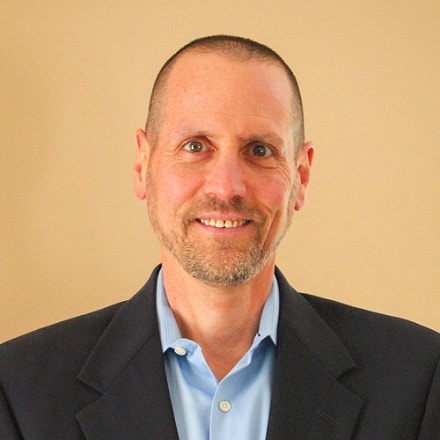Inside Angle
From 3M Health Information Systems
The new triple threat: COVID-19, health disparities and high prices
The intersection of a novel virus, health disparities across our communities and rising health care prices presents a formidable challenge to the U.S. health care system. COVID-19 is new, but social inequality and high health care prices have been part of our health care fabric for years. Addressing any one of these issues is a challenge. Addressing all three at once is a monumental task.
Health inequalities exist across the world, as well as across our communities, in the form of unequal access to health care, disease burden, health outcomes, and risk of death among different social groupings, including those based on race, gender, education, income, and occupation. Some health inequalities are unavoidable, such as health differences based on age. Other differences are unjust, such as those based on race, and can be considered health inequities. The two-fold difference in infant mortality rates in the United States between non-Hispanic blacks compared to whites is a health inequity.
Hospitalization rates for COVID-19 have joined cancer, diabetes, homicide, and HIV as health conditions which impact Black Americans more than White Americans. The Centers for Disease Control acknowledges that “long-standing systemic health and social inequities have put some members of racial and ethnic minority groups at increased risk of getting COVID-19 or experiencing severe illness, regardless of age.” Thus, is not surprising that non-Hispanic black persons have an age-adjusted hospitalization rate from COVID-19 that is five times the rate for non-Hispanic white individuals.
The out-of-pocket spend for health care services is not evenly distributed either. Health care spending in the United States is the highest in the world and primarily a result of high prices. Persons at either end of the economic and age spectrums are generally offered greater protections against high prices. States offer free or low-cost health coverage through Medicaid and the Children’s Health Insurance Program (CHIP) to some low-income adults and children. Persons 65 years old and older receive health coverage through Medicare, a federal health insurance program.
Persons without health insurance are charged the highest price for health care services, since they are not represented by a third-party insurer that can negotiate lower rates with hospitals and physicians. Hispanics and Blacks have significantly higher uninsured rates (19 percent and 11 percent, respectively) than Whites (8 percent), and thus, bear a disproportionate share of health care costs among the uninsured. While it can be argued that uninsured individuals have access to subsidized marketplace insurance plans, 45 percent of uninsured adults cited the high cost of these plans as the reason they are uninsured.
COVID-19 is shining a light on the health inequalities that have been pervasive in our society. There is an opportunity to emerge from this crisis in a better position to address and eliminate longstanding health disparities. The COVID-19 crisis presents a challenge to protecting the health of the public by improving access and removing financial barriers to health care for all groups, address the social determinants of health, and take a zero-tolerance stance on health inequities. It is time to close the gap.
Steve Delaronde is manager of products for Population and Payment Solutions at 3M Health Information Systems.
Visit the 3M COVID-19 resource page for payers.
During a pandemic, information is gathered, studied, and published rapidly without the usual processes of review. Our understanding is rapidly evolving and what we understand today will change over time. Definitive studies will be published long after the fact. We share our thoughts and expertise based on currently available information.


